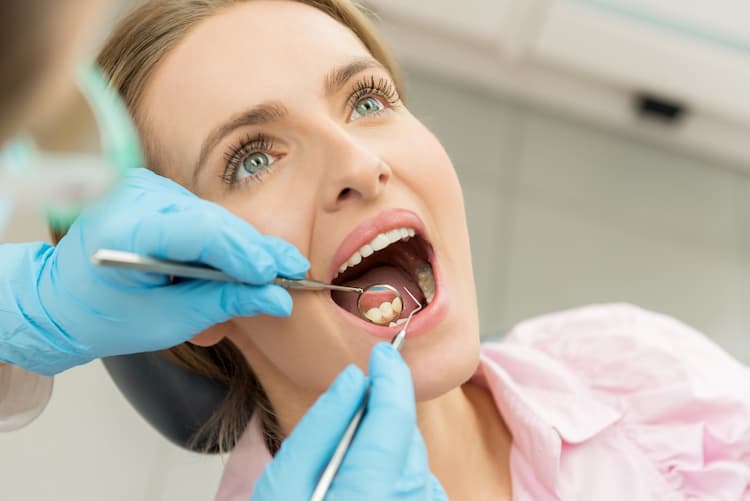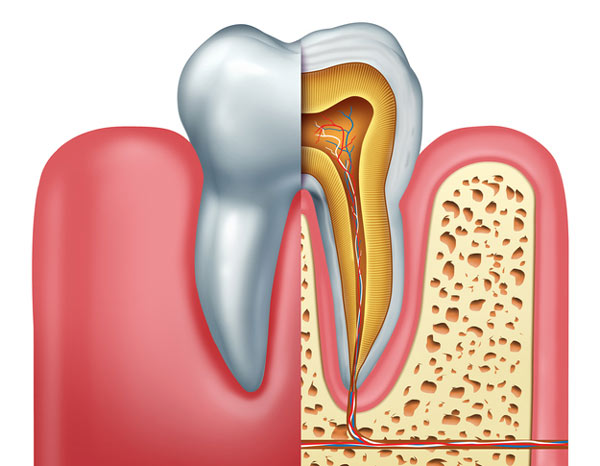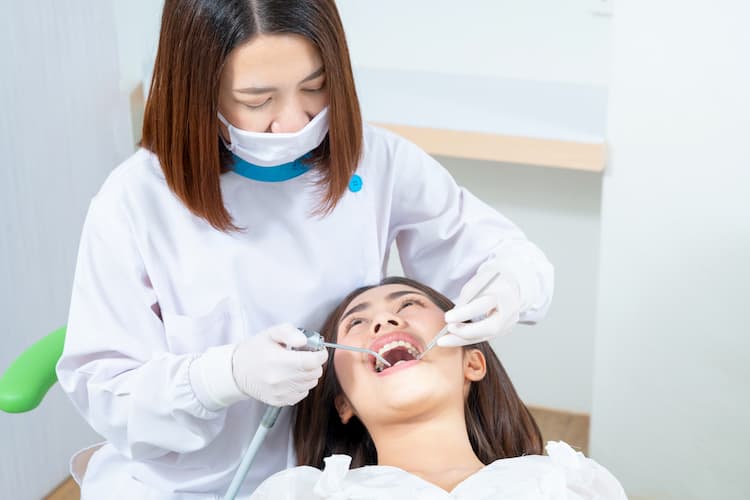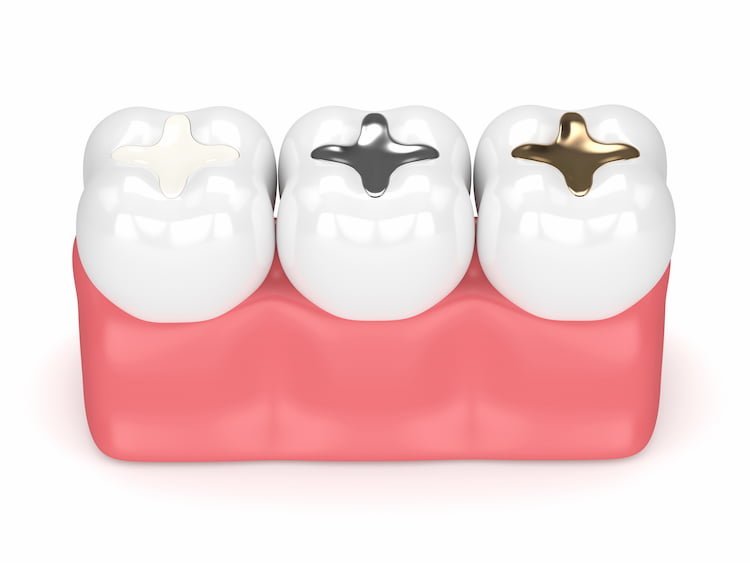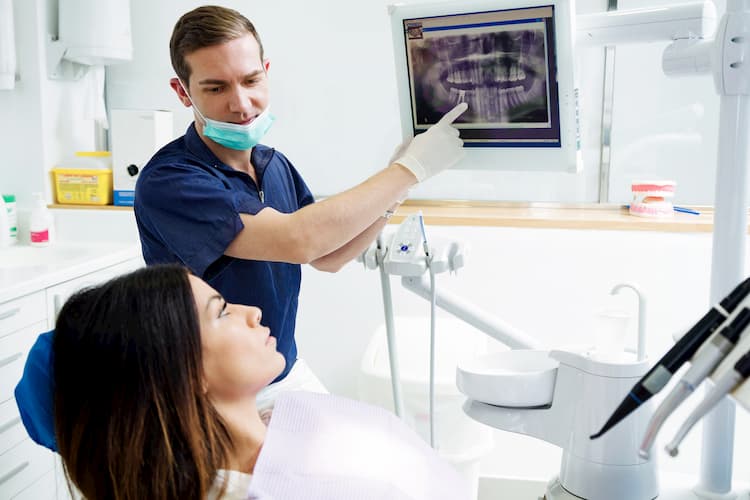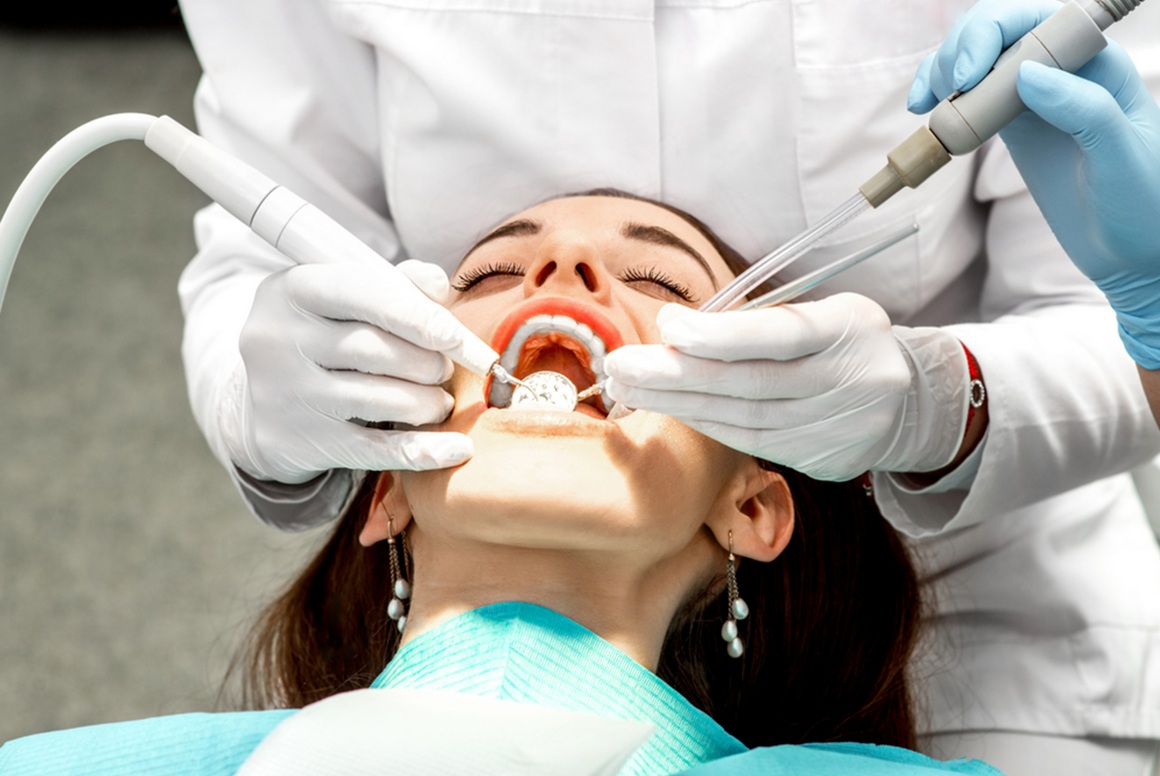
Gum disease is an infection of the periodontal tissues that provide support for the teeth. These tissues include the gums, periodontal ligaments and the jawbone. Also called periodontal disease, this condition begins with bacteria-ridden plaque irritating the gum tissues. If this plaque is not removed with thorough brushing and flossing, it will turn into a hard substance called tartar. Once this happens, you can no longer sufficiently clean your teeth on your own because tartar must be removed by a dentist or dental hygienist with a special instrument. If your periodontal status is advanced enough we have the ability to refer you a periodontist. If tartar is allowed to build up around the gumline, it will break the healthy attachment between the gums and the teeth, allowing bacteria and plaque to collect under the gums and along the tooth roots. These openings at the gumline are called periodontal pockets, and once they form, you run the risk of losing your teeth if you do not seek treatment from your dentist, dental hygienist or periodontics.

